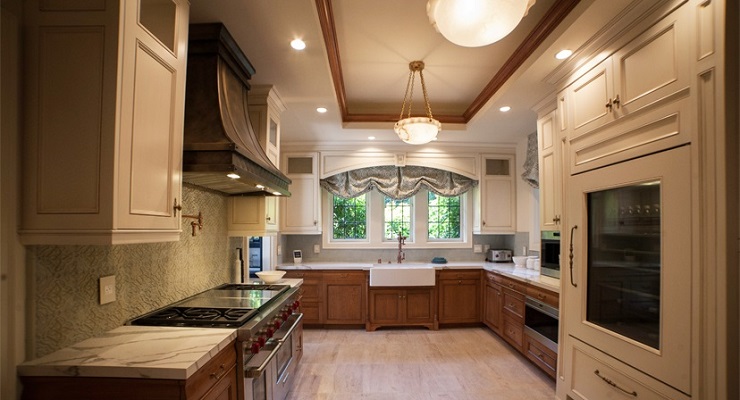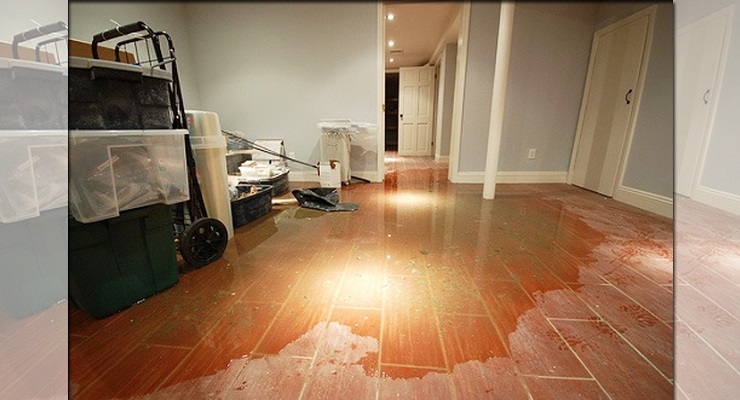When you treat your furry, feathered or scaly friend as a member of your family, it’s important to keep your pet’s needs in mind in any pending home purchase.
Ensuring whether local ordinances, regulations and neighborhood environments welcome pets will affect how well your beloved acclimates to your new home and how much freedom there is for his or her activities. Here are some tips to help ensure your future home and neighborhood are pet-friendly
1. Check local requirements – For any potential home purchase, familiarize yourself with city and county ordinances that are in place for health and safety reasons. Often, they require you to obey leash laws and clean up after your pet in public places. Noncompliance can result in a fine. Many communities are striving to create and maintain environmentally friendly and pet-friendly parks.
2. Get it in writing. Once you have been given permission by a landlord, manager, or condominium committee to have a pet, be sure to get it in writing. Sign a pet addendum to your rental agreement. Comprehensive agreements protect people, property, and the pets themselves. If your lease has a no-pets clause, verbal approval won’t be enough. The no-pets clause should be removed from the lease (or crossed out and initialed) before you sign it. Be sure it has been removed from or crossed out on your landlord’s copy, too.
3. Assess the home layout – Consider creature comforts inside and outside the home. Will your pet have enough yard our living space to live and play in without difficulty? Will your pet be happier with carpeting or tiled floors? Note whether the windows are at floor level, as your pet can accidentally run into them. Check the layout of the home and think about what would be needed to make your pet comfortable there. If your pet is older, stairs may be difficult and your pet could be confined to a single floor in the house.
4. Promote yourself – Responsible pet owners make excellent residents. Because they must search harder for a place to live, pet caregivers are more likely to stay put. Lower vacancy rates mean lower costs and fewer headaches for landlords and real estate agents. Let prospective landlords and managers know that you understand that living with a companion animal is a privilege, not a right.
For more information on architectural homes, lots and condos visit Darrell Done at www.darrelldone.com.











